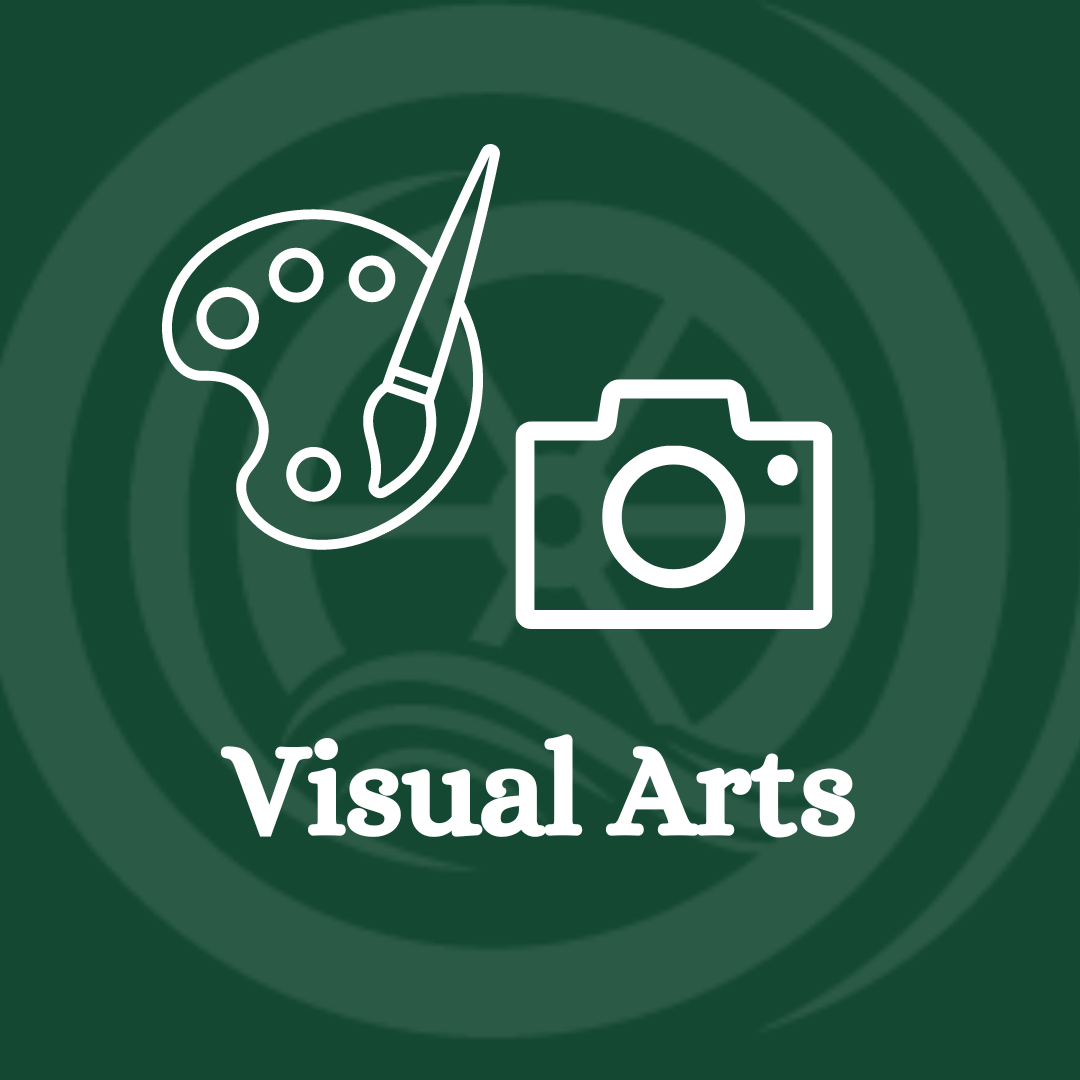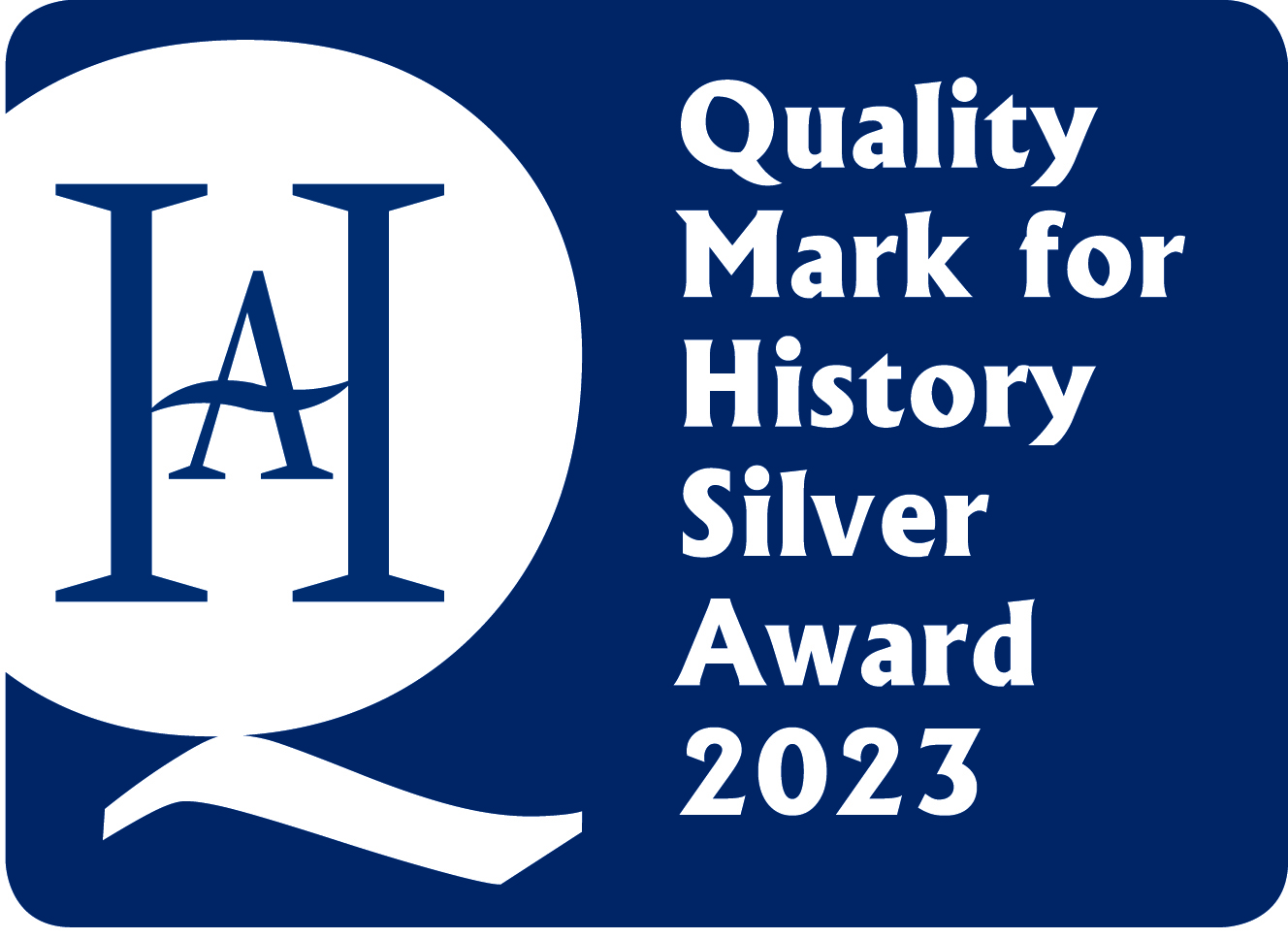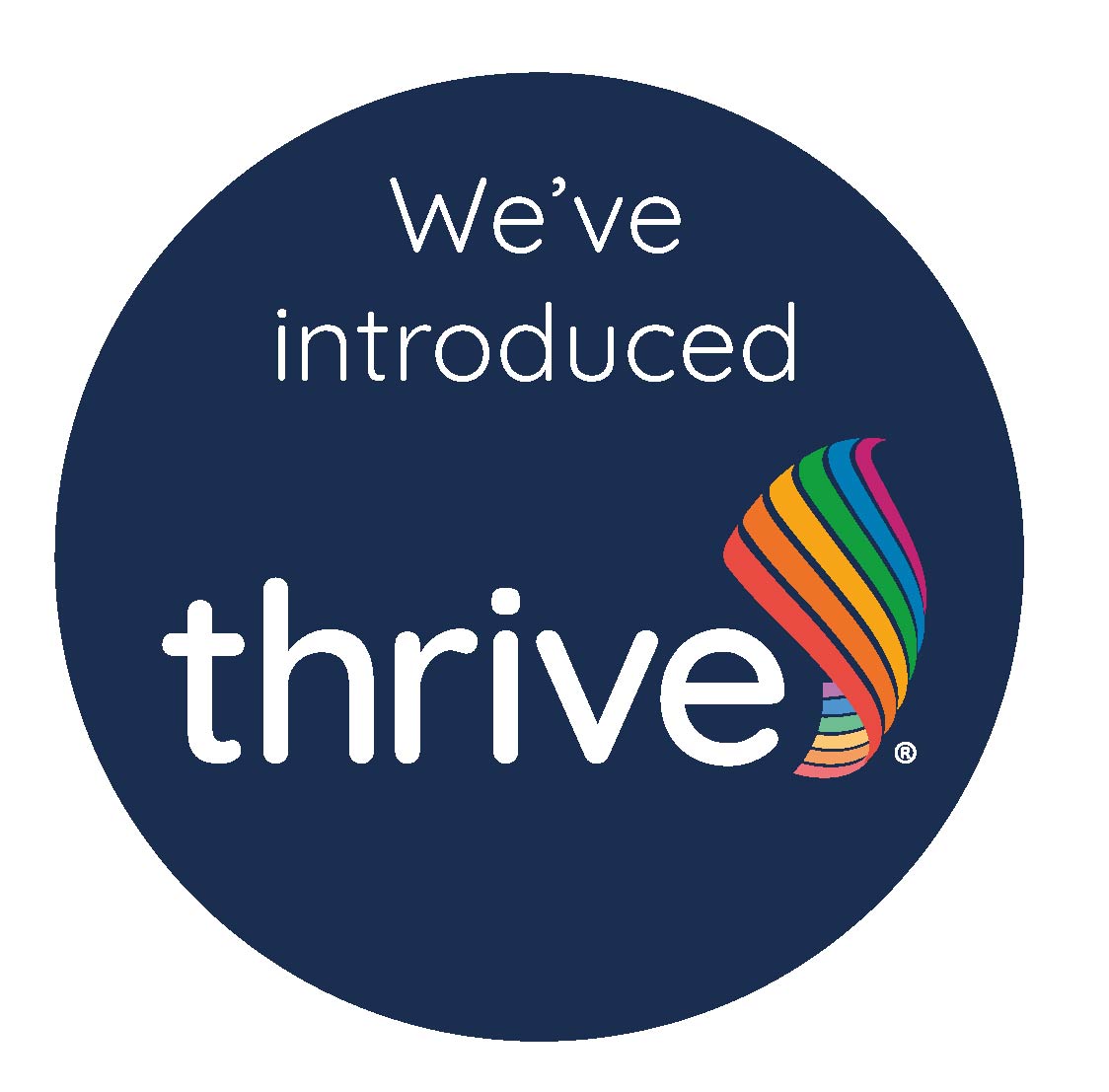Visual Arts

Curriculum Intent
Our curriculum vision applies to all our young people, regardless of background, gender, sexual orientation or ability.
Our young people will develop a life-long love of learning. We will continue to endeavour to immerse the pupils in an authentic, challenging and practical Arts experience through our rich, broad and balanced curriculum and expert delivery.
All students at Heworth Grange School are without exception entitled to a world-class education that is holistic, ambitious and aspirational. We are committed to offering as wide a range of opportunities both within and beyond the classroom.
It is vital that we prepare our young people so that they are empowered to become engaged positive and respectful citizens through a dedicated focus on professional development. The Arts encourage an environment where independence and confidence are nurtured and supported and where students are comfortable to demonstrate passion and self-expression.
We are responsible for ensuring our young people are confident to pursue ambitious next steps in education, employment or training which will support their future careers. It is our continued aim to provide inspirational and aspirational experiences with “real world” Arts practitioners.
Knowledge and skills:
Through our curriculum, students:
- Build knowledge and understand how concepts and skills link between topics and subjects
- Develop confidence in communication skills and opportunities to critically question, debate and express their individual creativity.
- Develop a love of reading and the skills to read fluently, having opportunity to explore wider significant and exclusive texts, developing their research about art in different times and cultures.
- Learn to self-regulate and work independently as well as collaboratively. Through practical activities art aims to engage, challenge and motivate to develop skill as artists and so increase self-confidence.
- Learn about the world around them and inclusive historical contexts from art in various cultures.
- Will have the opportunity for deep thinking and to get into their ‘flow’, motivated to create their own art.
- Develop strong mathematical fluency, developing special reasoning skills using shape, symmetry, proportion and measurement.
KS3 Curriculum Overview
Click on the document at the bottom of this page to view an easy-read version of the full curriculum overview.
|
Year 7 |
|||||
|
Block 1 |
Block 2 |
Block 3 |
Block 4 |
Block 5 |
Block 6 |
|
The Formal Elements of Art
Recap of the formal elements. |
The Formal Elements of Art
Recap of the formal elements. |
Portraiture
Recap of the formal elements. |
Portraiture
Recap of the formal elements. |
Surrealism
Recap of the formal elements. |
Surrealism
Recap of the formal elements. |
|
Year 8 |
|||||
|
Block 1 |
Block 2 |
Block 3 |
Block 4 |
Block 5 |
Block 6 |
|
Up Close
Recap on the formal elements |
Up close
Recap on the formal elements |
African Art
Recap of the formal elements. |
African Art
Recap of the formal elements. |
Public Art in the Northeast
Recap of the formal elements. |
Public Art in the Northeast
Recap of the formal elements. |
|
Year 9 |
|||||
|
Block 1 |
Block 2 |
Block 3 |
Block 4 |
Block 5 |
Block 6 |
|
Food
Recap of the formal elements. |
Food
Recap of the formal elements. |
Street Art
Recap of the formal elements. |
Street Art
Recap of the formal elements. |
Day of the Dead
Recap of the formal elements. |
Day of the Dead
Recap of the formal elements. |
Art and Design GCSE — Fine Art or Photography
The Art department offers two different GCSE Art courses:
- Fine Art — for those who enjoy working in all areas of art e.g., drawing, painting, sculpture, textiles, printmaking, photography, mixed media etc.
- Photography — for those who prefer working digitally, who are creative but struggle with their confidence within drawing. An IT-based subject using Photoshop as an editing tool.
Overview
Both GCSE specifications provide students with a wide range of creative, exciting and stimulating opportunities to explore their own personal interests in art and design.
There are many careers in Art and Design; animator, architect, fashion designer, furniture designer, graphic designer, hairdresser, interior designer, make-up artist, painter and decorator, photographer, costume/set designer, teacher, advertising, model maker, jewellery maker, web designer, textile designer, TV/film director etc. Both GCSE areas give a strong foundation for further progression to art and design courses, such as GCSE, A level, BTEC and Creative and Media Diplomas and enhanced vocational and career pathways.
Students need to have enthusiasm for the subject and be expected to develop their drawing, painting, design and making skills. Students will learn how to analyse and research works of art and will be expected to visit local galleries.
Drawing and writing are essential elements of both Art courses including Photography.
KS4 Curriculum Overview
Click on the document at the bottom of this page to view an easy-read version of the full curriculum overview.
|
Year 10 Fine Art |
|||||
|
Block 1 |
Block 2 |
Block 3 |
Block 4 |
Block 5 |
Block 6 |
|
Coursework project (CP1): Portfolio
|
CP1: Portfolio Foundation project
|
CP1: Portfolio Sustained project
|
CP1: Portfolio Sustained project
|
CP1: Portfolio Sustained project
|
CP1: Portfolio Sustained Project
|
|
Year 11 Fine Art |
|||||
|
Block 1 |
Block 2 |
Block 3 |
Block 4 |
Block 5 |
Block 6 |
|
CP1: Portfolio Sustained project
|
CP1: Portfolio Sustained project
|
EST: Portfolio
|
EST: Portfolio
|
|
|
|
Year 10 Photography |
|||||
|
Block 1 |
Block 2 |
Block 3 |
Block 4 |
Block 5 |
Block 6 |
|
Coursework project (CP1): Portfolio
|
CP1: Portfolio Foundation project
|
CP1: Portfolio Sustained project
|
CP1: Portfolio Sustained project
|
CP1: Portfolio Sustained project
|
CP1: Portfolio Sustained project
|
|
Year 11 Photography |
|||||
|
Block 1 |
Block 2 |
Block 3 |
Block 4 |
Block 5 |
Block 6 |
|
CP1: Portfolio Sustained project
|
CP1: Portfolio Sustained project
|
EST: Portfolio
|
EST: Portfolio
|
|
|
Course Structure
- Coursework — Component 1 — Portfolio of work — Foundation project and self-directed project — 60% of final grade
- Examination — Externally set task — Exam — 40% of final grade
Coursework and exam are assessed in the same way; four Assessment Objectives, each with equal marks.
- AO1 Developing ideas through research
- AO2 Refining ideas through experimentation
- AO3 Recording observations through drawing/photography and annotation
- AO4 Presenting a personal and meaningful response
Additional Information & Who to Contact
- Although pupils can choose both courses when selecting their preference, they will only be allowed to study one of the two courses.
- At the end of the course, an exhibition of students’ work will take place in school; this event will be a celebration of the achievement and progress made on the course.
Click here to view the Art and Design/Photography Specification
If you require any further information or have any questions, then please contact Miss Wanless via heworthgrangeenquiries@consilium-at.com




